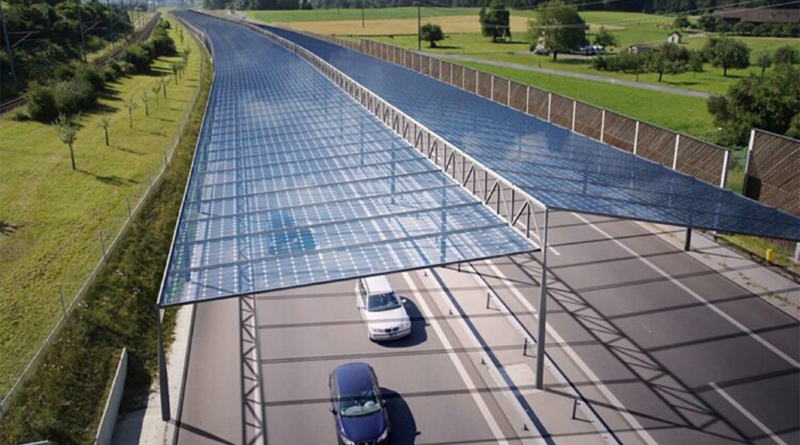Biggest Solar Panel Project to Date Could Power Most of the US
Subscribe to our free newsletter today to keep up-to-date with the latest renewable energy news.
A revolutionary proposal is gaining traction in the United States, with 52 billion solar panels to be installed along the nation’s extensive highway network. This ambitious initiative aims to harness the vast surface area of roads to generate renewable energy on an unprecedented scale. If implemented, the project could significantly reduce carbon emissions, contribute to energy independence, and reshape the way infrastructure interacts with sustainability goals.
The vision behind solarizing highways
The concept behind this project is straightforward: use existing highways as platforms for energy production. With approximately 3.2 million kilometers of roads in the US, covering them with solar panels could generate an estimated 17,578 terawatt-hours (TWh) of electricity annually. This figure represents over 60% of the world’s total electricity consumption in 2023, emphasizing the sheer potential of the initiative.
Beyond power generation, the project could offset approximately 28% of global carbon emissions, making it a game changer in the fight against climate change. By utilizing roads that already exist, this approach also avoids the land-use conflicts associated with building large-scale solar farms on agricultural or natural lands.
Although the scale of this endeavor is staggering, it aligns with broader trends in renewable energy innovation. Several pilot projects worldwide have explored the integration of solar technology into roadways, providing valuable insights into feasibility, durability, and energy output.
Technological and logistical considerations
The integration of solar panels into highway infrastructure poses unique technological challenges. Traditional solar panels are designed for stationary installations, such as on rooftops or solar farms. For roads, panels must be engineered to withstand constant traffic, extreme weather conditions, and heavy loads without compromising efficiency.
Some designs incorporate tempered glass coverings with anti-slip coatings to ensure safety for vehicles. Other concepts involve raised solar canopies above highways, which protect roads from extreme weather while simultaneously generating energy.
Several countries have already experimented with solar road technology, offering valuable insights into its feasibility. For example, France launched a pilot project in Normandy in 2016, installing a one-kilometer stretch of solar road. While the project demonstrated potential, it faced challenges related to durability and energy efficiency, highlighting areas that require further refinement.
Similarly, the Netherlands introduced the Solaroad project, which integrated solar panels into bicycle lanes. This initiative successfully generated electricity while maintaining road safety standards, proving that solar roads can function effectively on a smaller scale.
The prospect of integrating 52 billion solar panels into America’s highways represents an ambitious yet transformative vision for the future of renewable energy. If successfully implemented, the solar highway initiative could set a precedent for other nations, demonstrating how infrastructure can be leveraged to combat climate change and drive sustainable progress.
Sources:
